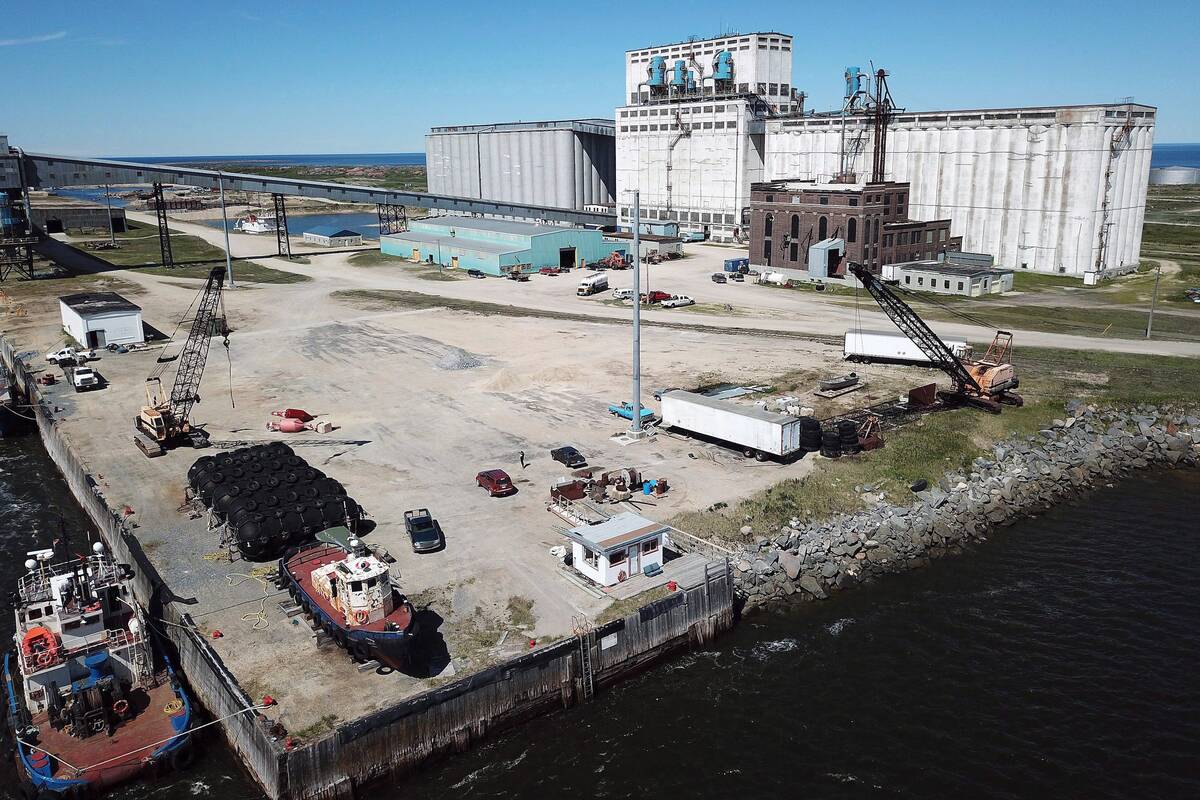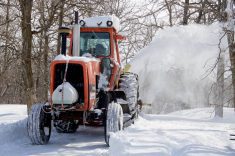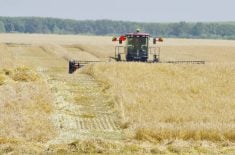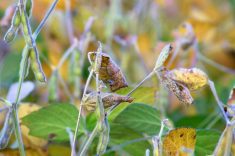Growers would greet a rainfall very differently right now, depending on where they are in the province.
For producers in the southeast and the eastern stretches of central Manitoba, rain is probably a welcome sight with crops in the ground and little precipitation so far this spring.
Others, who have watched equipment sink down to the axles in mud, would likely disagree.
Why it matters: Seeding was wrapping up for many areas of the province last week, but other areas lagged far behind, thanks to leftover moisture from the fall, spring snowstorms and/or up to six inches of rain just before the last week of May.
Read Also

Sizing up Port of Churchill expansion challenges
The Port of Churchill has some hurdles to clear before it can become the sea trade powerhouse for Manitoba and Canada that governments and the agricultural industry hope it will.
Spring 2020 has given rise to two very different stories as the calendar crept into June and crop insurance seeding deadlines loomed.
Across the province, Manitoba Agriculture and Resource Development estimates seeding was 65 per cent done after the third week of May, well behind the three-year average of 81 per cent. Within that average, however, seeding progress hit a sharp divide in late May, as producers in many regions wrapped up, while wetter areas were still dealing with last year’s harvest.
Jason Voogt of Carman-based Field 2 Field Agronomy has noted a steadily declining gradient in his customers’ seeding completion as he travels west. Producers farther east and near Carman were done 85 per cent or more of their fields as of the last week of May, he estimated, numbers that dropped sharply closer to St. Claude and south to Crystal City.
“That area still probably has 50 per cent of their crop to go in yet,” he said May 27. “They were a little bit wetter to start with and caught a few extra rains that we didn’t get farther east here.”
Most producers in his main region of south-central Manitoba may have only a few acres of soybeans and dry beans yet to go, he said.
A first look at those seeded crops also looks promising, he added. With the exception of areas that got hit with several inches of rainfall May 23, Voogt reported that cereals and early-seeded corn and canola are emerging quickly, thanks to warm temperatures after the May long weekend.
“We’re definitely off to a better start than the last couple of years,” he noted.
Pam Bailey, who farms near Dacotah, echoed Voogt. Although her region reported some of the heaviest rainfall as systems moved through Manitoba May 23-24 (farmers near Saint Eustache reported six inches of rain), Bailey says their own one-inch rainfall was welcome, given the general lack of precipitation this spring.
According to Manitoba’s ag weather network, rainfalls May 23-24 were the first significant rainfalls near Starbuck that month.
“We were very lucky in the sense that my husband had just, and I mean just, got out of the tractor after finishing seeding and he felt a few drops on his head and walked into the house and then it started pouring,” Bailey said.
The province, likewise, estimates that fields in the Interlake and Parkland north of Riding Mountain National Park were over 80 per cent complete by the end of May.
At the same time, “many parts of the Interlake, central and southwest regions are unable to seed corner to corner, as frequent wet spots prevent machinery access,” the province’s weekly crop report noted May 26. “Delays and stuck equipment are common.”
Less cheery in the southwest
The province estimates that producers in southwestern and parts of central Manitoba had just broken 55 per cent of seeding by the last week of May, farm production specialist Lionel Kaskiw said during a Crop Talk webinar May 27.
“The concerning part about that is that some of those producers did receive those larger amounts of rainfall,” he said, pointing to the same rain systems that hit Saint Eustache.
Kaskiw noted that some southwestern producers were still dealing with unharvested acres as of the last week of May.
Aaron Hargreaves, who farms south of Brandon and east of Souris, says this spring has provided a string of frustrations, thanks to moisture carried over from last fall, as well as 10 inches of snow in April.
A number of pictures featuring stuck equipment have made the social media rounds in his region, including a few from Hargreaves himself.
“This is the latest start we’ve ever had,” he said, noting that the late start led them to change their initial plans to plant corn.
Frost boils have added yet another level of frustration to the spring, he noted.
“Equipment is just sinking in the side hills and hilltops and there’s just no way to see them, no way to avoid them,” he said. “It’s been a really hard year on equipment, for sure.”
His farm hit a lucky 10-day seeding streak and has got 80 per cent of its seed in the ground, he said, but noted that many of his neighbours have not been so lucky.
He estimated that half of fields or more remained unseeded as of May 27 and that some producers had only started seeding in the days before.
“We’re definitely ahead of the curve,” he said.
















